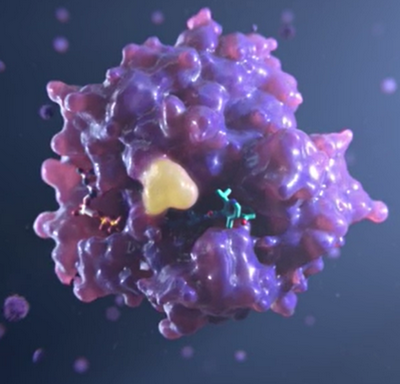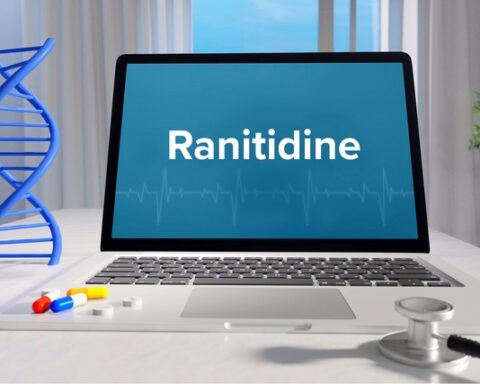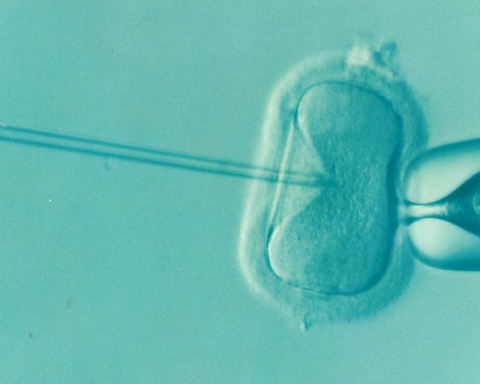Liver cancer is the second most common cause of cancer related death worldwide, and hepatocellular carcinoma (HCC) accounts for more than 90% of those cases. HCC is the sixth most common type of cancer in the world, the fifth most common in males (7.5%) and the ninth most common in females (3.4%). Each year, approximately 78,200 new cases of HCC are diagnosed, and the occurrence of HCC is likely to increase over the next 10 to 20 years.
New research, however, has recently discovered a correlation between the proteins Interleukin-6 and APOBEC3 that could quell the spread of HCC.
Who is Most Affected by HCC?
Nearly 80% of HCC cases are caused by the hepatitis B virus (HBV) and/or hepatitis C virus (HCV) infection. In the last stage, it causes cirrhosis which develops a scar that replaces normal healthy liver tissue. Disease variation trends in different geographic regions can, therefore, be correlated to the prevalence of hepatitis viruses in various populations.
Regions such as sub-Saharan Africa and Eastern Asia see some of the highest rates of the virus worldwide, and thus have the highest incidence of HCC. Surprisingly, in the last 25 years, there has been a significant increase in HCC cases in low-incidence regions like Australia and the United States. These regions have seen a two to threefold increase and the diagnosis of HCC, which is most probably due to the immigration of people from the Asia–Pacific region where the majority of HCC cases are found.
Global age distribution of HCC varies by region, sex, and etiology. The sex disparity of the disease is not well understood, although most liver cancer risk factors are usually more prevalent in males than females. The most likely reasons for the differences among sexes are the differences in steroid hormones, immune responses, and genetics.
Protein Interaction could Promote Better HCC Treatment
Cytokines are small proteins initially thought to be components of the immune system but have since been found to play a much broader role in the human physiology. Interleukin-6 (IL-6) is a cytokine involved in the regulation of hepatocytes, hematopoietic progenitor cells, the skeleton, the cardiovascular system, the placenta, the nervous, and endocrine systems. One of its most important functions is its ability to mediate our body’s inflammatory response, which can have a significant impact on oncogenesis.
The APOBEC (apolipoprotein B editing enzyme catalytic polypeptide) family of polynucleotide cytidine deaminase enzymes is involved in various physiological functions in humans, varying from antibody gene diversification to innate disease immunity. In addition to these functions, APOBEC enzymes have also been implicated in cancer pathogenesis. For example, the expression levels of several APOBEC enzymes, including APOBEC3B (A3B), are heavily altered in cancerous tumors. The enzyme’s overexpression and activation can lead to unexpected clusters of mutations in all types of cancers.
The definite relationship between Hepatocellular carcinoma (HCC) and APOBEC3B still remains unclear. However, some techniques such as microscale thermophoresis have proven the interaction between these biomolecules. The analysis of this relationship has indicated that an increase in the IL-6 protein also increased the expression of A3B, which formed a positive feedback to maintain the continuous expression of A3B and IL-6. This interaction promoted the prolonged non-resolving inflammation of cancerous tumors. These findings are of high relevance for preventive intervention.
Scientists are trying to understand the way in which our body naturally reacts to cancer, and are striving for a better perception of all the pathways involved in response to disease. Although the protein interaction between IL-6 and A3B is a promising step forward in HCC liver cancer treatment research, more in-depth analysis and research is necessary in order to build more effective therapies.
References:
- European Association For The Study Of The Liver. EASL–EORTC clinical practice guidelines: management of hepatocellular carcinoma. Journal of Hepatology. 2012;56(4):908-943.
- Kishimoto T, Akira S, Narazaki M, Taga T. Interleukin-6 family of cytokines and gp130. Blood. 1995;86(4):1243-1254.
- Conticello SG. The AID/APOBEC family of nucleic acid mutators. Genome Biology. 2008;9(6):229.
- Li S, Bao X, Wang D, et al. APOBEC3B and IL-6 form a positive feedback loop in hepatocellular carcinoma cells. Science China Life Sciences. 2017;60(6):617-626.
- El-Serag HB. Epidemiology of viral hepatitis and hepatocellular carcinoma. Gastroenterology. 2012;142(6):1264-1273. e1261.
- WHO. Media Center > Cancer Fact Sheet. 2017; http://www.who.int/mediacentre/factsheets/fs297/en/. Accessed Nov 5, 2017.
- International Agency for Research on Cancer: WHO. GLOBOCAN 2012: Estimated Cancer Incidence, Mortality and Prevalence Worldwide in 2012. 2012; http://globocan.iarc.fr/Default.aspx/. Accessed Nov 5, 2017.
- Omata M, Cheng A-L, Kokudo N, et al. Asia–Pacific clinical practice guidelines on the management of hepatocellular carcinoma: a 2017 update. Hepatology International. 2017:1-54.








